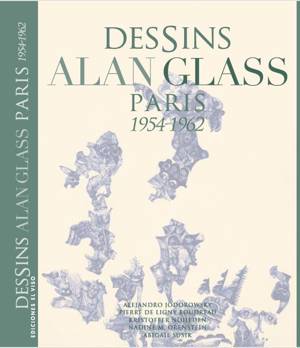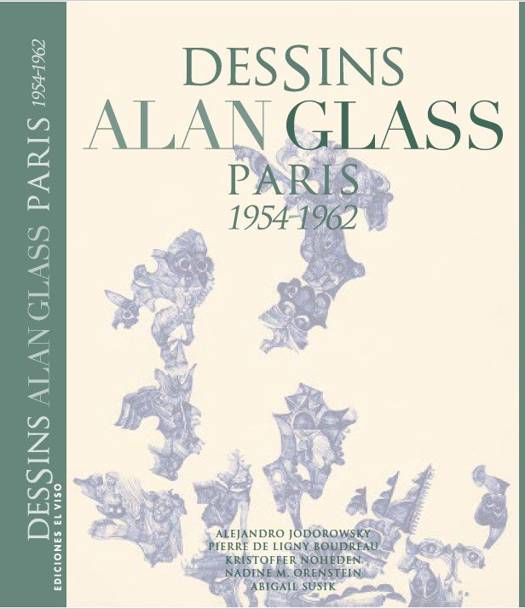
- Afhalen na 1 uur in een winkel met voorraad
- Gratis thuislevering in België vanaf € 30
- Ruim aanbod met 7 miljoen producten
- Afhalen na 1 uur in een winkel met voorraad
- Gratis thuislevering in België vanaf € 30
- Ruim aanbod met 7 miljoen producten
Zoeken
Drawings Alan Glass
Paris 1954-1962
Carlos Laborde-Noguez, Pierre Ligny Boudreau, Alejandro Jodorowsky, Kristoffer Noheden, Nadine M Orenstein, Abigal Susik
Hardcover | Engels
€ 57,95
+ 115 punten
Omschrijving
Alan Glass's drawings from the 1950s are like swirls of smoke on the verge of assuming solid shape, like rock coming alive and metamorphosing, like plants and animals commingling, their branches and limbs, their eyes and tendrils seeking new paths. Utilizing the newly invented ballpoint pen from 1954 to 1962, Glass used this modest instrument to create remarkably intricate and detailed drawings, using variations in pressure and density to conjure forth alternately lush and thick, light and crowded shapes with the appearance of inert matter coming alive. Among the several hundred drawings that Glass produced, there are some in which he used such an abundance of ink that the drawings almost take on the texture of paintings. Here, the flimsy paper is saturated to the degree of appearing soaked in the intense blues that have been a frequently recurring element of Glass's art for almost 70 years. It was the ballpoint-pen drawings that led to Glass's first solo exhibition, organized at Galerie Le Terrain Vague by André Breton and Benjamin Péret in January 1958.
Specificaties
Betrokkenen
- Auteur(s):
- Vertaler(s):
- Uitgeverij:
Inhoud
- Aantal bladzijden:
- 392
- Taal:
- Engels
Eigenschappen
- Productcode (EAN):
- 9788412846621
- Verschijningsdatum:
- 8/08/2024
- Uitvoering:
- Hardcover
- Formaat:
- Genaaid
- Afmetingen:
- 10 mm x 13 mm
- Gewicht:
- 2494 g

Alleen bij Standaard Boekhandel
+ 115 punten op je klantenkaart van Standaard Boekhandel
Beoordelingen
We publiceren alleen reviews die voldoen aan de voorwaarden voor reviews. Bekijk onze voorwaarden voor reviews.








